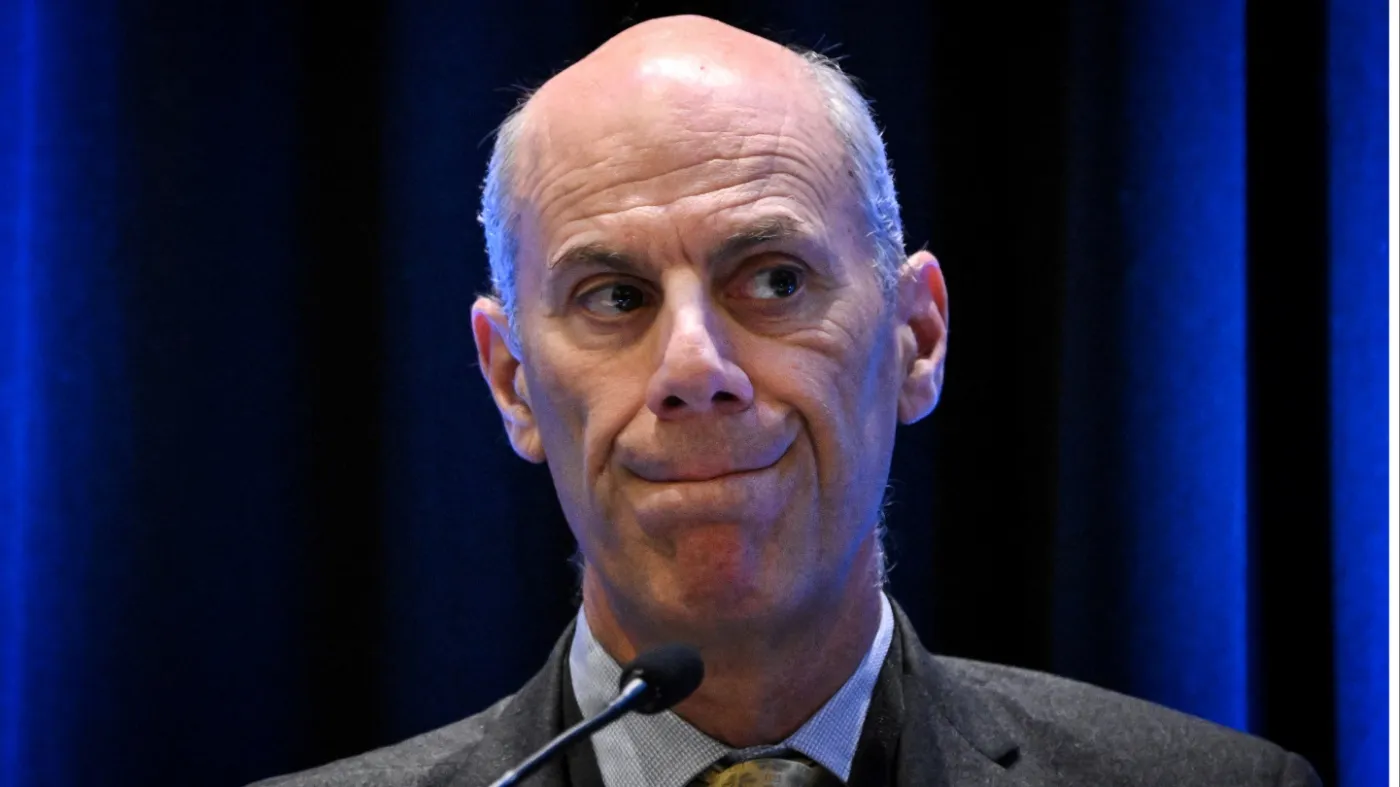The World Health Organization’s (WHO) draft drinking water guidelines for “forever chemicals” disregard best available science and require extensive revisions, two former federal officials argued in a new position paper.
The WHO draft, which focuses on the two most well-known types of per- and polyfluoroalkyl substances (PFAS), suggests guidance levels that are 25 times higher than those recently proposed by the Environmental Protection Agency (EPA), according to the paper, published on Thursday in Environmental Science & Technology.
The co-authors, Elizabeth “Betsy” Southerland and Linda Birnbaum, skewered the WHO working group for expressing uncertainty as to whether the two compounds, PFOA and PFOS, are linked to adverse health outcomes.
Such a conclusion “represents a striking and inappropriate disregard of the best available science,” wrote the authors, who respectively served as director of Science and Technology in the EPA Office of Water and director of the National Institute of Environmental Health Sciences.
PFOA and PFOS are just two among thousands of “forever chemicals,” many of which are connected to thyroid disease, kidney cancer and testicular cancer, among other illnesses.
Known for their ability to linger in the human body and the environment, PFAS are present in a variety of household products and in the foam used to fight jet fuel fires.
While WHO’s draft guidance suggests a limit of 100 parts per trillion of PFOA and PFOS in drinking water, the EPA recently proposed setting that bar at 4 parts per trillion.
One part per trillion is approximately equivalent to one droplet in an Olympic-size swimming pool.
Other countries have already set stricter limits; for example, Denmark established 2 parts per trillion as the standard for four different types of PFAS, the authors noted.
Southerland and Birnbaum also mentioned a February announcement from the European Chemicals Agency, which is evaluating the possible restriction of about 10,000 types of PFAS in manufacturing processes.
In addition to describing WHO’s suggested guidance levels as “arbitrary,” the authors also slammed the agency for “casting doubt on the effectiveness” of certain PFAS filtration technologies.
WHO’s working group described the removal effectiveness of ion exchange filtration systems with uncertainty, while neglecting evidence from the EPA documenting otherwise, according to the paper.
“WHO’s PFAS draft guidance values misrepresent the effectiveness of affordable, readily available treatment technology and do not take into account the overwhelming global scientific evidence of serious health effects in epidemiological studies,” Southerland and Birnbaum stated.
Crediting the European Chemicals Agency for considering restrictions on PFAS, the authors said that “it is stunning that the WHO maintains no health-based guidance values can be developed.”
“To support the work of public health agencies worldwide providing people with safe drinking water, the WHO guidance levels need to be extensively revised,” they concluded.
In response to the position paper, a spokesperson for WHO said that “although the process of developing the guideline values is still ongoing, WHO’s advice to its member states in relation to PFOS and PFOA in drinking-water is guided by key principles laid down in the draft background document.”
Those principles include striving to achieving PFAS levels “that are as low as reasonably practical,” while minimizing contamination of water sources, stopping non-essential uses of PFAS and balancing risks from PFAS exposure to risks associated with inadequate supplies of drinking water, according to the agency.
The spokesperson emphasized that the initial guidelines document constitutes “a draft and the website has been updated, as this is an ongoing process.”
Former federal officials slam WHO for misleading guidance on ‘forever chemicals’




